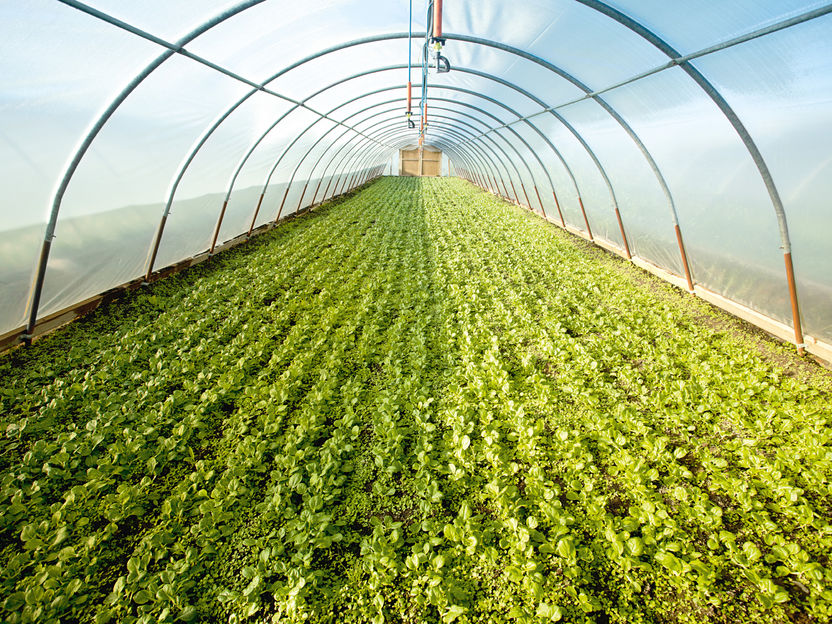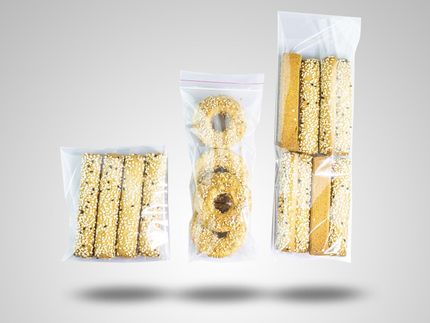BASF partners with space agencies to develop global UV radiation mapping tool for plastics
New tool helps maximize service life of plastics products through precise application of plastic additives
Advertisement
BASF has partnered with the German Aerospace Center (DLR) and NASA Goddard Space Flight Center on a new tool to maximize the service life of plastic products by precisely matching plastic additives to the predicted intensity of ultraviolet (UV) radiation. At the two agencies, scientists have created an extensive set of global maps showing UV radiation levels in all regions of the world. With the help of these maps, the dosage of plastic additives can be optimized, resulting in a more robust final product perfectly adapted to the requirements of the region where it will be used.

UV radiation is one of the key detrimental factors in the aging of plastics exposed outdoor, such as film used for greenhouses. The global UV radiation mapping tool developed with the German Space Agency DLR will enable BASF to improve the lifetime prediction of plastics in a given environment and thus to reduce the risk of failures by anticipating climatic conditions. It will help BASF to support its customers to protect their plastics by selecting the right robust stabilization system and optimizing its loading level.
BASF SE
“This new global UV radiation mapping tool enables BASF to improve the predicted life span of plastics in a given environment, and reduce the risk of failure due to climate conditions,” said Dr. Volker Bach, head of BASF’s Global Competence Center Plastics Additives, BASF. “In this way, we can help our customers protect their plastic materials by selecting the appropriate robust stabilization system and optimizing its loading level.”
Solar UV radiation is a major factor in the premature degradation of plastics exposed to sunlight, such as agriculture, building & construction or automotive end applications. Light stabilizers from BASF can counteract the harmful effects of UV radiation on plastics when properly designed into the formulation. It is essential to predict the expected UV radiation exposure for an application’s intended location and designed lifetime.
Small changes in geography can have a significant impact on UV radiation and thereby aging performance. For example, while UV radiation tends to be moderate in North and Central Europe, outdoor plastic applications in Southern Europe or Asia are often exposed to critical levels of wear and tear. One area where this is particularly relevant is in the stabilization of agricultural films used in greenhouses for customers in China, India, parts of Australia, and the Mediterranean area, which need to withstand conditions similar to irradiation levels in the Sahara Desert.
Variety of influencing factors
Using satellite and ground station measurements to create a dynamic UV radiation specific modeling tool, DLR and NASA can calculate how much solar UV radiation reaches the ground. Several factors play a role here: the time of day, the time of year and the geographic location. They also must take into consideration the spatial and temporal distribution of clouds, atmospheric ozone, snow and ice as well as terrain. All these help to determine more accurately the local UV intensity and UV radiation flux density. The accuracy of the new global UV radiation mapping tool ensures resolution down to a city level, revealing previously unknown microclimates of elevated UV radiation.
“Information about the distribution and level of UV radiation is of great importance to BASF – it is used for the development of new plastic additives and we take this into consideration when recommending a light stabilizer,” explained Volker Bach. “The benefit to producers of plastic products is better lifetime prediction and cost savings, from longer-lasting plastics used in outdoor applications.”
The full global UV radiation mapping database from DLR is currently available to BASF only.
































































